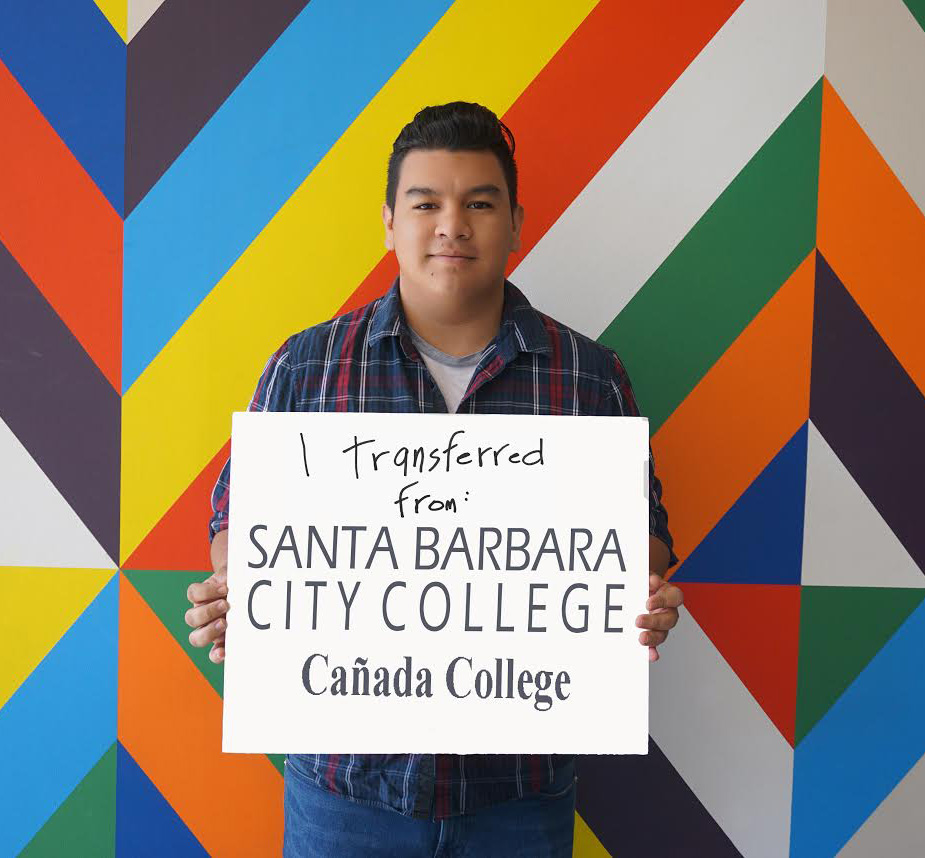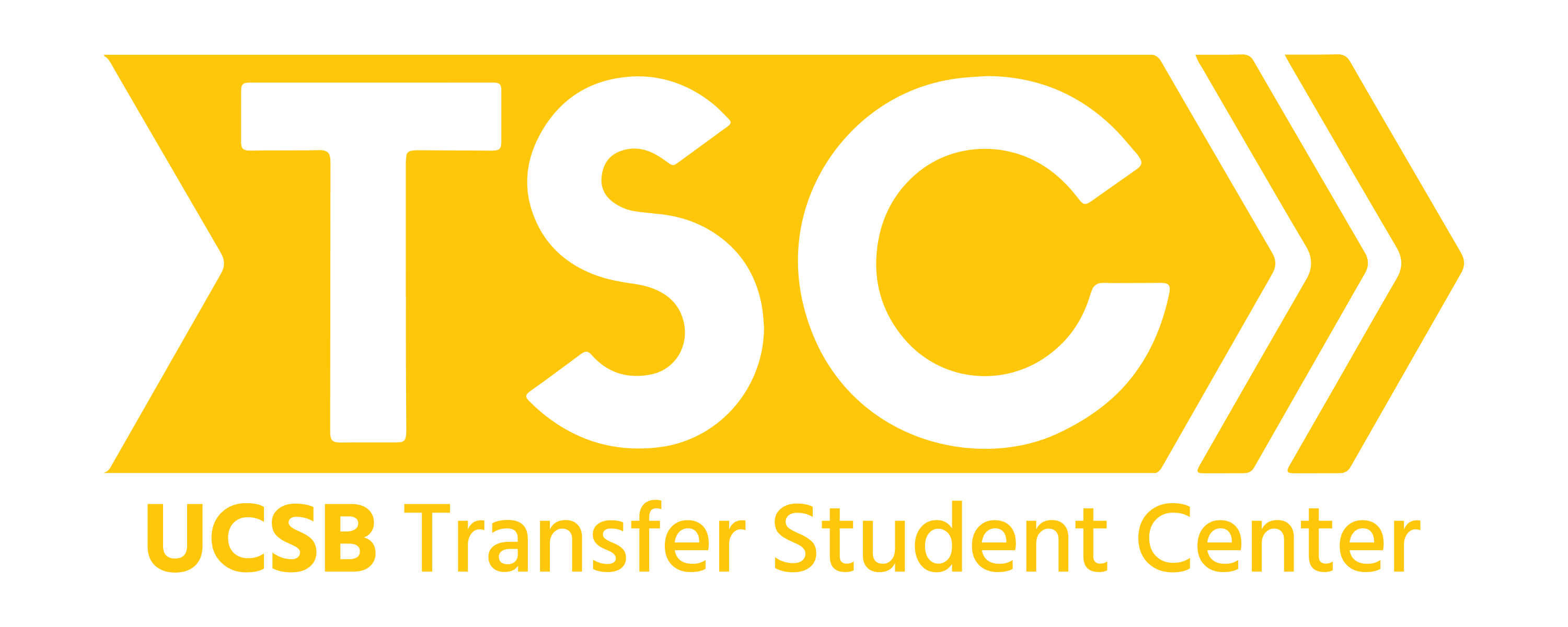Event Date:
Event Date Details:
Student Information
NAME: Elmer
MAJOR: Political Science
MINOR: Global Peace & Security
CLASS STANDING: Transfer Senior Year, 2nd Year at UCSB

What are some accomplishments you’ve achieved at UCSB that you’re most proud of thus far?
Being a member of the TSC’s first staff has been one of my favorite accomplishments during my time at UC Santa Barbara. As a transfer and first-generation student, I had no choice but to navigate the university system alone and without guidance. It resulted in a transition with some unnecessary challenges that could have been avoided or solved sooner, had I had access to a resource like the TSC. So being a part of a center that provides such a positive impact in the transfer student experience at UC Santa Barbara has been a deeply rewarding experience.
How are the courses different at UCSB than from your previous college(s)?
Many professors choose to assess students in a variety of methods instead of basing student grades solely on essay assignments. These projects ranged from mock lobbying for education reform to writing conflict resolutions for international disputes. These assignments keep you engaged and challenge you to grow both as a student and as an individual. Other courses require pop quizzes or iClickers to both check attendance and ensure the majority of the class is on pace with the readings.
The grading system remains unchanged with project and essay assessment bearing the largest influence on final grades. Class sizes usually mirror the size of CC classes (20-30 students), but some larger classes can fill lecture halls, where finding a seat is a constant struggle.
Do you work or have internships while at UCSB? Are they on-campus or off-campus?
Along with working at the Transfer Student Center, I have been able to intern as close as the A.S. Legal Resource Center located in the Pardall Center, and as far as downtown Santa Barbara, which is home to several non-profit organizations. There are plenty of professional opportunities in the area, but remember to keep their deadlines in mind.
Do you have a car? Do you think it’s necessary to bring a car?
Although it’s not necessary to have a car, bringing one to UCSB allows you to have more freedom and flexibility. Off-campus university-owned apartments offer a range of long-term parking permits that cost different rates depending on the residential hall you live in. The more popular parking permits are distributed by lottery, so the sooner you decide the more likely you are to acquire a parking permit for the lot closest to you.
Which housing options would you recommend?
While there may be plenty of housing options in the area, I would recommend transfers to live in university-owned apartments during their first year. Living in any of the complexes is a great introduction to the university experience and allows you get your footing during a challenging transition.
And, the university’s policies provide stability (quiet hours, around the clock staff, etc.) that are not a guarantee from private property owners in the area. Another benefit is the constant programming that’s promoted at these complexes. These events help students connect with their peers who may also be studying the same major or may share the transfer experience. So you’re able to socialize when you have free time, but also have peace and quiet when you need to hit the books.
What are the options for transfer students and dining? Do you have a meal plan or do you cook your own meals?
Transfer students can either cook their own meals (all university-owned apartments have kitchens) or buy a meal plan for the university dining commons. When I first transferred, I bought the off-campus meal plan, which starts at five meals/week for $602 and go up to 17 meals/week for $1,767. Under the university’s meal plan, you can visit any of the three on-campus dining commons or the Portola Dining Commons, located at the Santa Catalina towers. So I had the flexibility of eating on-campus when I was in between classes, or taking a short bike ride to Portola, when I would study at my apartment at Santa Ynez. Tip: Rather than getting all your meals from the dining commons, I recommend cooking at least half of your meals, so the university’s meal plans don’t begin to feel redundant too soon.




